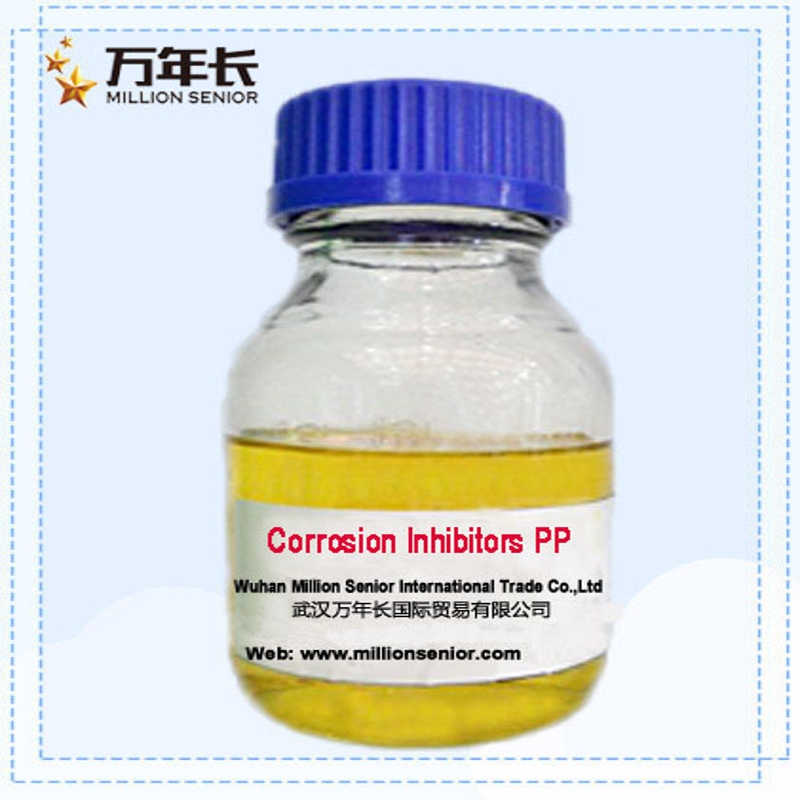-
Categories
-
Pharmaceutical Intermediates
-
Active Pharmaceutical Ingredients
-
Food Additives
- Industrial Coatings
- Agrochemicals
- Dyes and Pigments
- Surfactant
- Flavors and Fragrances
- Chemical Reagents
- Catalyst and Auxiliary
- Natural Products
- Inorganic Chemistry
-
Organic Chemistry
-
Biochemical Engineering
- Analytical Chemistry
-
Cosmetic Ingredient
- Water Treatment Chemical
-
Pharmaceutical Intermediates
Promotion
ECHEMI Mall
Wholesale
Weekly Price
Exhibition
News
-
Trade Service
Amendments No.
The IMSBC rules are revised every two years to reflect changes in the nature and types of solid bulk cargoes that need to be transported
Recently, BIMCO has focused on the main points of amendments to bauxite cargoes in the IMSBC rules and the latest standards for distinguishing bauxite cargoes that may liquefy (Group A) from bauxite cargoes that will not liquefy (Group C)
Some notable adjustments related to bauxite cargo in the IMSBC Rule 05-19 Amendment are as follows:
1.
2.
3.
4.
PSD standards and the distinction between Group A and Group C bauxite cargo
If bauxite meets the following PSD formula, it will be classified as group A:
1.
2.
The freight schedule of Group C bauxite has been revised to include the aforementioned PSD standards
Bauxite cargoes can only be classified as Group C under the following 4 circumstances:
1.
2.
3.
4.
The moisture of the cargo can be discharged by itself, so the PSD standard is not important
According to BIMCO, according to the test results approved by the competent authority of the loading port, if the shipper can provide the captain with a certificate that proves that the moisture in the cargo can be discharged so that the saturation cannot reach 70%, the PSD standard is irrelevant
The situation where Group A bauxite can be turned into Group C bauxite cargo
A group even if the goods meet the standards set by the PSD Group A bauxite schedule, but if the shipper to provide such a certificate to the master, the goods can still be classified as group C
.
New version of bauxite cargo inspection procedure
In Appendix 2 (Laboratory Testing Procedures, Related Equipment and Standards) of IMSBC Rule 05-19 Amendment, you can find a new version of the testing procedure specifically for bauxite, that is, the modified bauxite Proctor/Fageberg (Portugal/Fan Test method) testing procedures
.
The new program requirements are as follows:
The optimal moisture content (OMC) of the tested bauxite appears when the saturation is greater than or equal to 90%, and the cargo's transportable moisture limit (TML) is taken as the critical moisture content when the saturation is 80%
.
The optimal moisture content of bauxite occurs when the saturation is lower than 90%, and the transportable moisture limit of the cargo is taken as the critical moisture content when the saturation is 70%
.
If the moisture in the sample can be discharged by itself, so that the compaction curve of the test sample cannot extend to or exceed 70% saturation, the test indicates that the moisture can easily pass between the particles
.
Therefore, the cargo is not easy to liquefy
.
However, Chapter 8 of the IMSBC Code stipulates that the competent authority of the country of origin of the goods ultimately determines the moisture content of the goods and the determination procedure of the transportable moisture limit
.
Only in the absence of such a test procedure, it is recommended to use the test procedure given in Appendix 2
.







